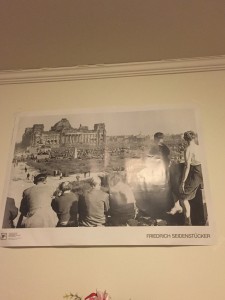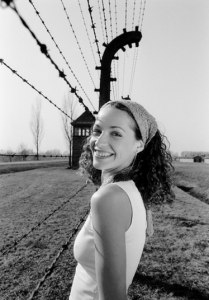Often when one speaks of original research, whether it be thesis-based or otherwise, there is emphasis placed on finding gaps in the historiography of a particular topic. A thesis candidate is supposed to work off of primary sources in order to draw his or her own unique conclusions; in a sense, he or she must write about something on which nothing has been written before. There is a certain amount of excitement that goes along with this, a feeling of “trailblazing” and becoming an expert in a specific area of history. However, as I browsed through the different entries to the Black at Bryn Mawr blog, I noticed how open its creators have been about the difficulties of this kind of “trailblazing” work. For example, in her reflection on the naming of the Enid Cook Center (http://blackatbrynmawr.blogs.brynmawr.edu/2015/09/03/black-at-bryn-mawr-and-the-enid-cook-31-center/), Grace Pusey expresses her concern that “the story [she] told about Enid Cook could very well become *the* story of Enid Cook.”
Writing a research paper is stressful by nature, and there must be a considerable amount of additional stress involved in turning that research into a public project. When it is difficult to decipher the meaning of a source, or when a body of evidence contradicts the thesis statement, it is tempting to skip over the problem and go on as if it does not exist. However, if there is a chance that the final project will be the first someone has heard of a given topic, the consequences of such oversights can be especially great. A successful public history project, it would then seem, is able to negotiate the careful balance between doing its subject justice and revealing what about it remains unknown. In order for the project to be taken seriously, a public historian must be an authority on his or her subject without pretending to be the authority.




